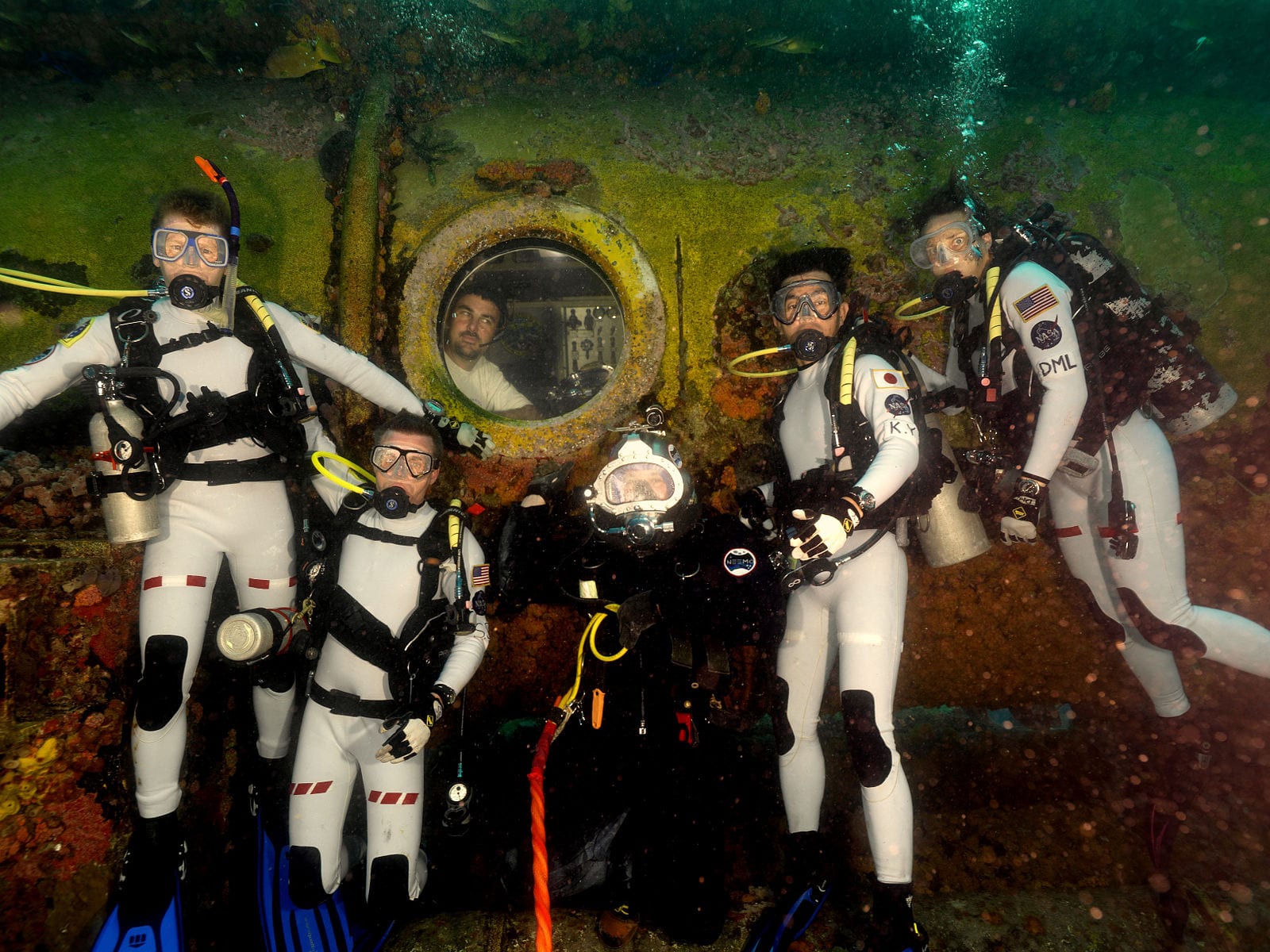A text comes in. It reads “Meet me at the abandoned gas station past Lexington and Thomas.â€
The car starts up and heads down the dimly lit streets. Soon, headlights illuminate the dark gas station. There is already a truck parked behind the shuttered garage. The buyer opens their car door and steps toward the truck. With just faint moonlight, the buyer can already tell they've hit the jackpot.
“They say it's over 500 years old.â€, one of the poachers starts, “I've got folks looking all over for one of these.â€
Our buyer takes another step to get a closer look. There are multiple pinnate leaves coming out top of the wide, sturdy trunk. It's unmistakably a cycad.
“Got this one straight out of the botanical gardenâ€, the poacher continued, “Anyway, let's start talking numbers, I'm looking for eight grand….â€
This is the world of cycad poaching.
Abducting the Ancients
Cycads are plants from the order Cycadales and Medullosales, and have changed little over the past 225 million years. Cycads were common before the rise of flowering plants, but now are only found in the tropics. They are incredibly slow growing, and can reach up to 10 feet and live for a 1000 years. Some species are endangered due to habitat fragmentation and limited reproductive events. Unfortunately, this combination of slow growth rate and rarity make cycads a desirable collectors item and a valuable target for poachers.
Since cycads are so rare in the wild, botanical gardens are usually the only place where the plants can be cultivated and properly cared for; however, these centralized locations make them vulnerable to thieves. As Hurricane Frances raged in south Florida in 2004, opportunistic poachers descended on the grounds of the Fairchild Botanical Gardens. The thieves got away with 20 species of cycads, with the total loss reported at $50,000. In a similar incident in 2014 at the Kirstenbosch National Botanical Garden in Cape Town, South Africa, 22 critically endangered cycads were stolen. Despite safety concerns, botanical gardens remain one of the only effective locations for critical cycad research.
Studying and saving the living fossil
Cycads might not be as prevalent in the public eye as other endangered species, but they are a vital resource for understanding plant biology. The limited number of cycads available to researchers result in a large number of unanswered questions, including how these unique and unusual plants even evolved, which would help explain the evolutionary history of all plants. Along with conifers, Cycads were one of the earliest seed producers, thus studying this ancient lineage enables us to also understand the origin of seeds. The continued poaching of Cycads affects all facets of this important research.
The Convention on International Trade in Endangered Species of Wild Fauna and Flora, or CITES, is a treaty with the aim to protect over 35,000 species of endangered plants and animals from trade. Since 2010, there has been legislation in place by CITES intended to prevent the export of illegally sourced cycads, especially from South Africa, which houses much of the diversity of different species. Researchers have also analyzed DNA samples and done radiocarbon dating on potentially stolen plants to determine if they have been poached.
Along with relevant legislation that can be executed at a more local level, one of the additional ways to combat poaching is an increase in public awareness of the effects of the practice and the continued support of researching these endangered plants. In each cycad lies the invaluable connection between today and the earth of hundreds of millions of years ago. If this connection to the past is broken, all that valuable information will be lost.
About the Author
Inam Jameel is a PhD student in the Department of Genetics at UGA. He is interested in how natural populations adapt to rapidly changing environments. When not in the greenhouse or in the lab, Inam likes to run, attend concerts, watch the Washington Capitals, and do poorly at trivia. He can be reached at inam@uga.edu or @evo_inam.
- Inam Jameelhttps://athensscienceobserver.com/author/inam-jameel/March 18, 2022
- Inam Jameelhttps://athensscienceobserver.com/author/inam-jameel/
- Inam Jameelhttps://athensscienceobserver.com/author/inam-jameel/April 28, 2020
- Inam Jameelhttps://athensscienceobserver.com/author/inam-jameel/December 9, 2019









